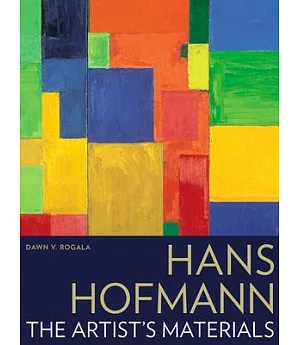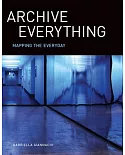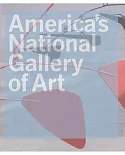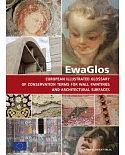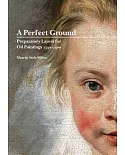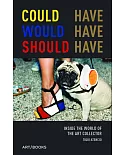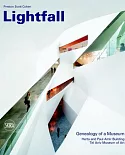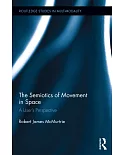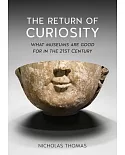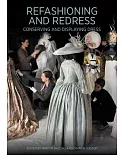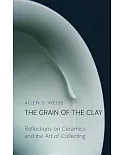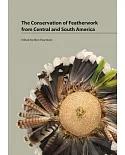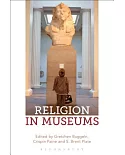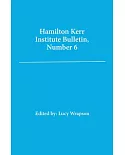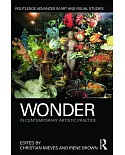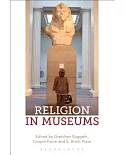The career of the German-American painter and educator Hans Hofmann (1880–1966) describes the arc of artistic modernism from pre–World War I Munich and Paris to mid-twentieth-century
Greenwich Village.
His career also traces the transatlantic engagement of modern painting with the materials of its own making, a relationship that is perhaps still not completely understood. In these
interrelated narratives, Hofmann is a central protagonist, providing a vital link between nineteenth- and twentieth-century art practice and between European and American modernism. The
remarkable vitality of his later work affords insight not only into the style but also the literal substance of this formative period of artistic and material innovation.
This richly illustrated book, the fourth in the Getty Conservation Institute’s Artist’s Materials series, presents a thorough examination of Hofmann’s late-career materials. Initial chapters
present an informative overview of Hofmann’s life and work in Europe and America and discuss his crucial role in the development of Abstract Expressionism. Subsequent chapters present a
detailed analysis of Hofmann’s materials and techniques and explore the relationship of the artist’s mature palette to shifts in the style and aging characteristics of his paintings. The book
concludes with lessons for the conservation of modernist paintings generally, and particularly those that incorporate both traditional and modern paint media.
This book will be of value to conservators, art historians, conservation scientists, and general readers with an interest in modern art.

